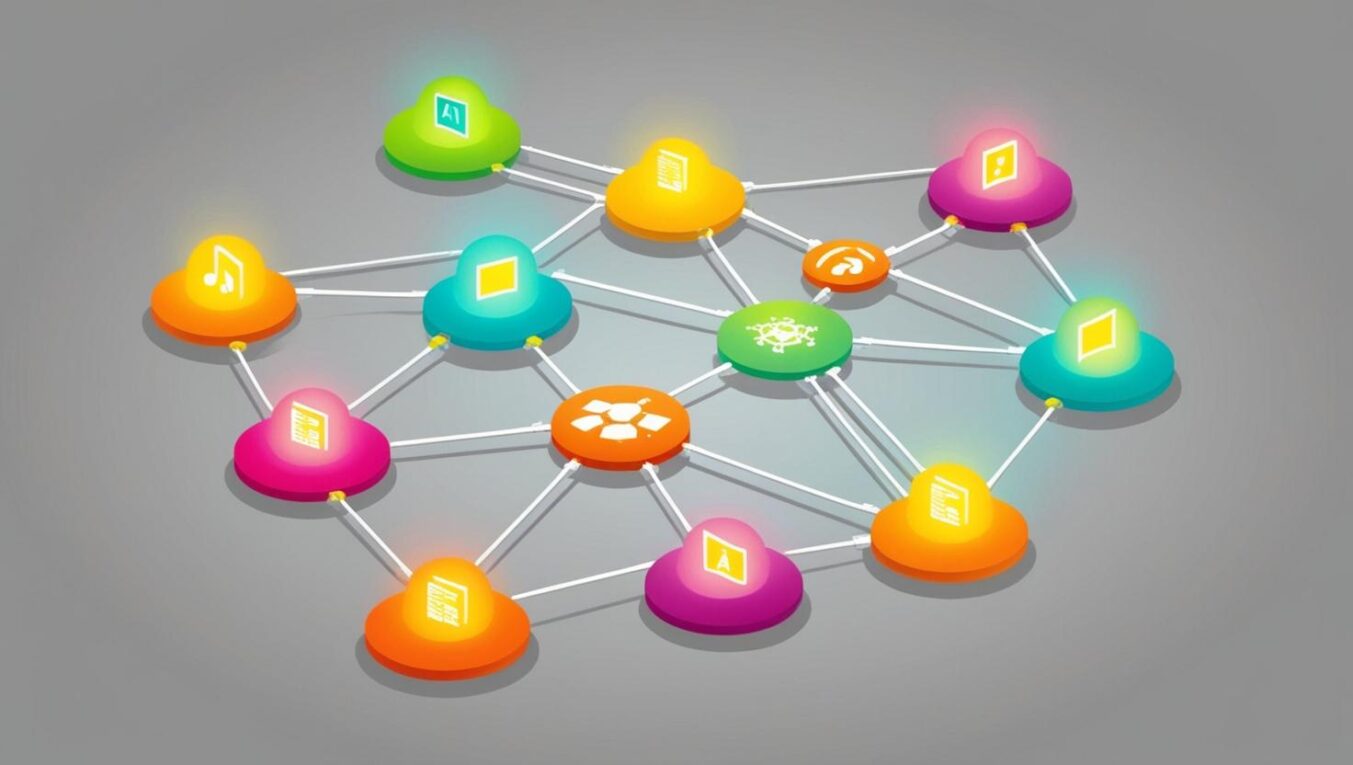Artificial Intelligence is evolving rapidly—from processing text in chatbots to understanding images and even interpreting audio. At the forefront of this evolution is Multimodal AI: models that can process and reason across multiple data types—text, images, audio, and video—within a unified framework.
Multimodal AI is not just a technical leap; it’s reshaping how machines understand the world, interact with humans, and solve real-world problems.
In this article, we’ll explore:
- What is multimodal AI?
- The technology powering models like GPT-4V and LLaVA
- Real-world applications
- Challenges and limitations
- The future of multimodal intelligence
🔍 What Is Multimodal AI?
Multimodal AI refers to AI systems that can process and integrate multiple modalities of input and output, such as:
- 📝 Text
- 🖼️ Images
- 🔊 Audio
- 🎥 Video
- 🗺️ Sensor data
Unlike traditional models that specialize in a single modality (e.g., NLP for text, CNNs for images), multimodal models combine different data types to enhance understanding and reasoning.
🧠 Think of it as giving AI the ability to “see,” “read,” and “listen” at once—just like humans.
⚙️ How Multimodal AI Works
Multimodal models are trained on datasets containing paired or aligned information across modalities. They use shared embedding spaces or cross-modal attention mechanisms to align and learn relationships between modalities.
Key Techniques:
- Vision-Language Transformers: Merge visual and textual inputs in a unified attention mechanism.
- Contrastive Learning: Used in models like CLIP to learn similarities between images and captions.
- Vision Encoders + Language Decoders: For image captioning or visual question answering.
🧠 Notable Multimodal AI Models
📌 1. GPT-4V (GPT-4 with Vision) – OpenAI
- Extension of GPT-4 that can “see” images in addition to reading text.
- Can answer questions about diagrams, photos, screenshots, or documents.
- Great at combining text reasoning with visual understanding (e.g., identifying memes, UI bugs, data plots).
📌 2. LLaVA (Large Language and Vision Assistant)
- Open-source model combining LLaMA with CLIP-based vision encoders.
- Can handle tasks like image captioning, visual question answering, and visual instruction following.
- Designed to be more accessible and lightweight for research and enterprise use.
📌 3. Gemini – Google DeepMind
- Combines language, image, audio, and video.
- Focuses on tight integration across modalities for real-world applications (e.g., robotic control, multimodal search).
📌 4. Kosmos-2 – Microsoft
- Multimodal foundation model integrating text and vision.
- Excels in grounded language understanding (e.g., locating objects in images, image tagging).
🌍 Real-World Applications of Multimodal AI
📚 Education
- AI tutors that understand a student’s handwritten homework and provide feedback.
- Explain images or charts in real time.
🔍 Healthcare
- Analyze medical images (X-rays, MRIs) alongside doctor’s notes for diagnosis.
- Automate report generation based on imaging.
🛍️ E-commerce
- Visual search (“find me shoes like this”).
- Image-based product recommendations and reviews.
🔧 Customer Support
- Bots that understand screenshots or uploaded documents.
- Real-time troubleshooting using both image and text.
🎨 Creative Tools
- Image-to-story or text-to-video generation.
- AI that can take a sketch and turn it into a full illustration with a caption.
🦻 Accessibility
- Generate real-time captions, image descriptions for the visually impaired.
- Translate sign language via video + text processing.
⚠️ Challenges in Multimodal AI
Despite its promise, multimodal AI faces significant hurdles:
- Data Alignment: High-quality, aligned multimodal datasets are scarce and costly to build.
- Bias and Fairness: Biases in one modality (e.g., gender stereotypes in image datasets) can propagate or amplify in others.
- Computational Resources: Training multimodal models requires massive compute and memory.
- Interpretability: It’s harder to explain decisions made by a multimodal model combining vision and language.
- Safety: Misinterpreting visual or audio input could have serious consequences in sensitive applications (e.g., healthcare, autonomous driving).
🌐 The Future of Multimodal AI
Multimodal AI is driving the next wave of generative and cognitive capabilities:
- 🔄 Multimodal Generation: Models like Sora and DALL·E enable text-to-video and text-to-image generation.
- 🤖 Embodied AI: Combining multimodal models with robotics for perception, reasoning, and interaction in the real world.
- 🧠 Generalist Agents: AI systems capable of performing a wide range of tasks across modalities—approaching artificial general intelligence (AGI).
- 🌍 Multilingual, Multimodal Models: Expanding across both languages and sensory inputs to support more inclusive, global AI.
As the lines blur between text, vision, and sound, the next generation of AI will be context-aware, sensory-rich, and deeply interactive.
✅ Conclusion
Multimodal AI is not just an extension of machine learning—it’s a fundamental shift toward a more human-like understanding of the world.
With models like GPT-4V and LLaVA, we’re seeing the first glimpses of truly intelligent assistants that can read, see, and hear simultaneously.
As capabilities grow, so too must our commitment to ethical development, fair data, and human-centered design—ensuring these powerful models serve all of us.
